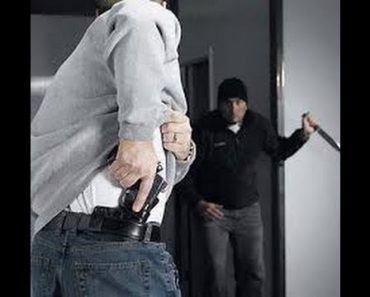Should you shoot to wound? I talk a lot about lethal force, and one concept comes up almost universally. I call this idea the leg shot syndrome. The leg shot syndrome is expressed by the statement “I wouldn’t aim to kill; I would shoot the robber in the leg”. I believe I know where […]
Category: Legal
Tennessee Laws on the Use and Carrying of Batons
I am NOT a lawyer and am not giving legal opinions. The following information is copied directly from the State of Tennessee website and is the code of law for the state. I believe that if you want to carry a baton, you need to be familiar with baton law. Law also changes, so please […]
AR 15 Solvent Collectors
I am going to give you my opinion and tell you some common thoughts on the idea on solvent collectors but remember I am not a lawyer, am not familiar with the state laws of your state, and am not responsible for you getting arrested for breaking the law. At gun-shows across the country, and […]
How to Measure Shotgun Barrels to Ensure Legality
There is a lot of confusion, miscommunication, misconceptions, and flat out lies in the gun world. This is especially true when it comes to the National Firearms Act and how it regulates things like suppressors, machine guns, destructive devices, short barrel rifles, and my favorite – Short Barrel Shotguns. Today I want to clear […]
Tueller Drill Test
You can’t be a serious practitioner of armed self defense if you don’t understand the legal and moral implications of lethal force. One tool used to discuss such things is a concept called the Tueller Test. Today we are going to talk a little about lethal force and handgun deployment. Over the course of this […]





